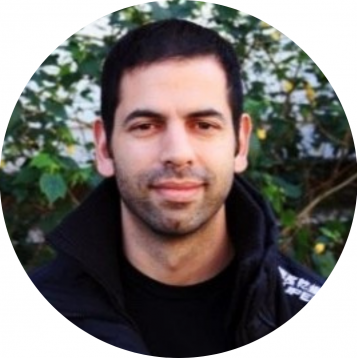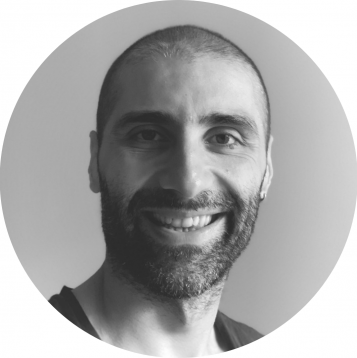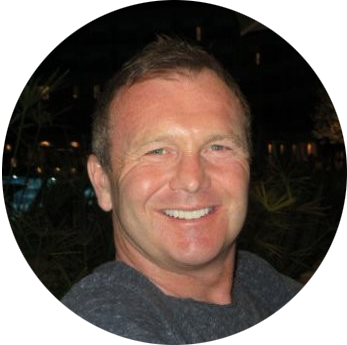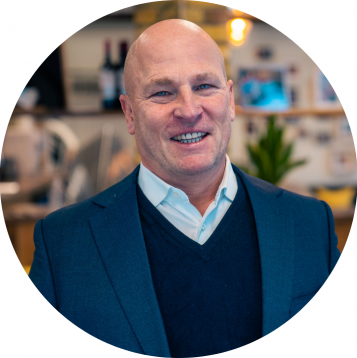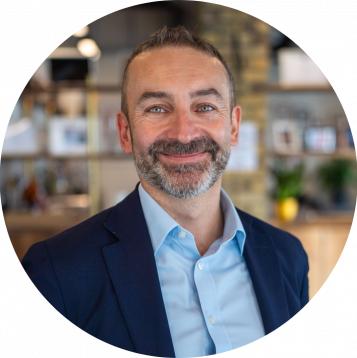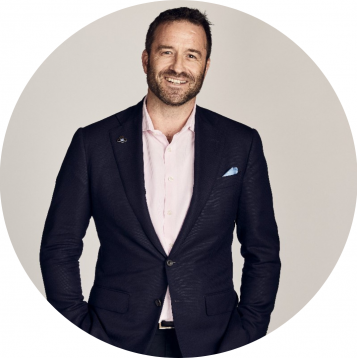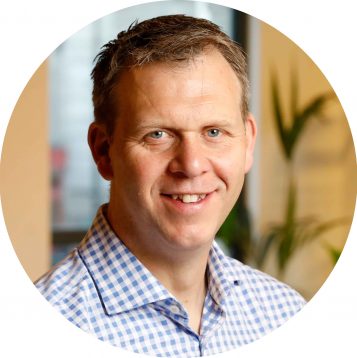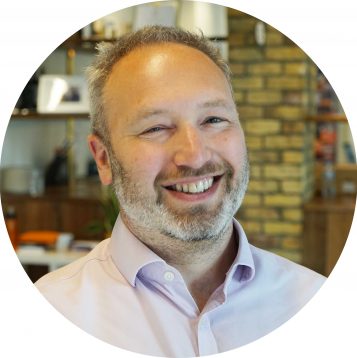The vision of Sullivan & Stanley has always been to inspire the future of work, why I named it after my two boys. Their future was going to be where the business world finally got it right. And I was going to do everything in my power to help it get there.
Whether it was going to be 2025 or even 2040, I knew there was going to be a turning point that made organisations stand up and realise that change had to be at the core of everything they do.
No-one saw this current situation coming. No-one could prepare for what it would bring. But now it’s here, it’s brought along with it, the future of work.
The industrial ways of working – hierarchical organisational structure, slow hierarchical decisions, the decision by committee, death by a business case, analysis paralysis, bloated organisations, slow reaction time, little internal change management capability, reluctant remote working, micro-managing talent, the list goes on – has been turned on its head.
Over the last several weeks I’ve been speaking with our executive network and even though everyone has been under immense pressure, this crisis has given leaders the free pass to deliver a future of work with a “get stuff done” mentality. Or GSD as we call it here at S&S.
Organisations are being forced to rethink the way they operate as they’ve been handed a reset button. The future of work is here and this is what I’m seeing.

The future is remote and flexible
The current world crisis has ripped up the way we used to operate. It is now encouraging businesses to create and implement digital working practices, with a new operating model fit for this decade.
In response, leaders need to stop and think about how they engage and inspire positive and impactful outputfrom their remote workforce. Trust first, outcome-driven and the rise of servant leadership is what I see coming out of this.
With this new-found trust, businesses will be able to decentralise, become truly agile and create a hybrid of technology and human-centric organisation. And this could mean the decline of huge, multiple thousand physical workplaces around many cities.
For us personally, many of us are experiencing what it feels like to really embrace flexible working. We can now spend quality time with our families or read a book that’s been on our shelf for months. It’s making us cherish what we have, instead of what we can get. We are finally embracing the digital workplace revolution that is happening before our eyes.
The future is product and services (the rise of valuable outcomes)
There will be a shift in mentality from project-time and activity-based work planning and delivery models, through to a product-based outcome mentality, with all organisations looking to kanbanize their way of working.
At S&S we’re now working in 21-day sprints. This encourages cross-functional teaming, which feeds into our wider business strategy for the next three-years. It’s a more productive and efficient style of working, which is beneficial to the business and people combined as everyone is judged on our outcomes, not their time.
The future operating model creates a natural alignment
There will be a huge amount of change management out the back end of this current landscape. Organisations will need to design a future operating model with a 21st-century strategy to help them pivot and change with any market conditions.
In the industrial way of working you’d rarely see an alignment of the board and never see an alignment between the board and its workers. But now all companies have an opportunity to truly align the organisation around a common purpose, serving their internal or external customers.
We’ve switched seamlessly at S&S to our new operating model and in turn, it has made the whole organisation more focused and aligned. We’re communicating more and seeing the blockers or inefficiencies quickly to make sure we’re only working on the most valuable work.
The future is continual change
The World Economic Forum at Davos predicted – the businesses that will thrive in this decade, will bring learning back into their organisations and will master the art of change. This means having an operating model that allows them to continually reinvent every three months, six months, 12 months, in accordance to fast market conditions.
The business change we are seeing happening is now on hyper-speed. So, executives of boards and shareholders have two choices.
Choice one – Hibernate and cut costs to the bone – then you’re going to lose ground and struggle to keep up.
Choice two – Reset, reorganise and reinvent – lean into this and create a business that is sustainable in this new decade.
Even though none of us would want an event like this to happen. Now is the time to be brave in leading your organisation to the future of work. Our time is too precious to be unhappy in the industrial ways of working – command and control, high-stress levels, strict regimes – we need to make it better for everyone to be happier and more fulfilled in their future workplace doing work we all love to do and making a difference in the world.
The future of work is here, right now.
If you’re interested in bringing this blog to life for yourself and your business, click here to book in a chat.















